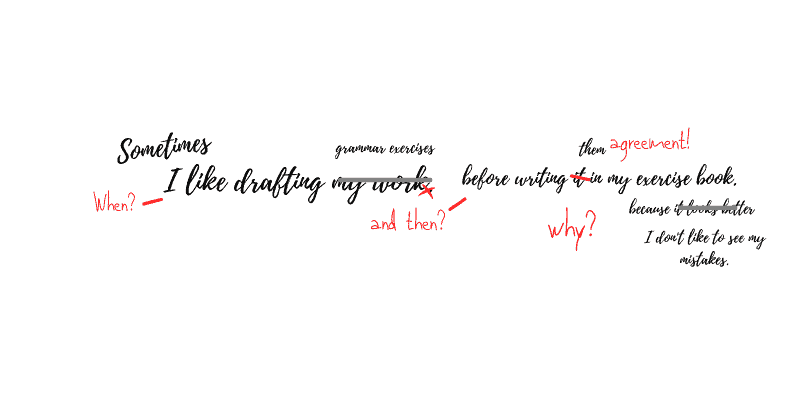I recently came across an article about the Japanese art of sashiko, the art of mending damaged or worn clothes beautifully.
It was accompanied by beautiful instagram pictures of knitted and mended jumpers that didn’t always look as if they’ve had a life pre-mend. So, what’s the big deal?
What's beautiful about a worn jumper?
The first time I came across the idea of viewing mended clothes as artful and desirable was in a video by Arne and Carlos, in which they showed items from their private collection of knits.
A jumper that has been made from bits of leftover wool. A cardigan that has been worn and repaired by generations in the same family. There is a clear difference between an item that was created to look mended, and something which carries the story of its life with it.
Of course, the notion of mending is easily romanticised. We do not go through life in a series of instagrammable images.
We are generally more rough, unpolished and disgusting than we want the world to see.
Sashiko could be a way to remind us gently and empathetically of our human-ness. Ruptures can be mended. Mistakes can be handled. A broken world can be stitched together and be no less beautiful for it.
So where’s the link between mending and language learning?
When I still taught in schools, it often struck me how much my students hated mistakes in their exercise books. Again and again I saw ambitious and beautiful work disappear because "there were mistakes in it and I wanted to write it out as a clean copy." The clean copy would sometimes appear, beautifully handwritten, often proudly decorated with drawings. Sometimes it wouldn’t and the work was lost.
Always keep corrected versions of your texts - how else are you going to remember what was difficult about them?
Similarly, mundane exercises would be re-written after I had corrected mistakes in them. Of course, there is value in re-writing a piece of work. Yet at the same time, the corrected version carries so much thought and learning with it that I would always, always want to keep it. How else are we going to remember what was difficult the first time round? How else is a student going to review work and reconsider grammar points they found challenging? How else are they going to experience their own progress?

Show your work to others
Another aspect of mending that students tended to dislike was showing their work to others. It was fine to show their stuff to a teacher, because teachers are there to correct their mistakes, right? But what about other people in the class?
Maybe unsurprisingly, collaborative writing went against the grain for many students. But there is significant value in this. Show me your mistakes, I show you mine. Together we might fix all of them. Not a popular task, or at least one that most students have to get into the habit of embracing.
Do some "fix it" - tasks
I encourage you to do “fix this”-tasks. Take a sentence that is not perfect, or just not very interesting. And then do stuff with it. Make it better. Ask others how they would make it better. Sashiko is also about community, and conversation, and passing on skills.
Your weird sentences will not have the same instagram appeal as a cream-coloured jumper which has been sashiko-ed to within an inch of its life. But they still carry the spirit of a person’s learning. Call me a terrible romantic, but I think that there is real beauty in that.
"Ich darf keine Fehler machen" - um diesen und andere belastende Sätze geht es in "Englisch-Altlasten: Sätze, die du nicht mehr rumtragen musst".
